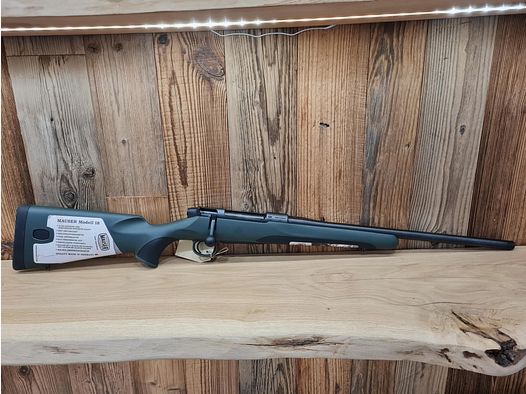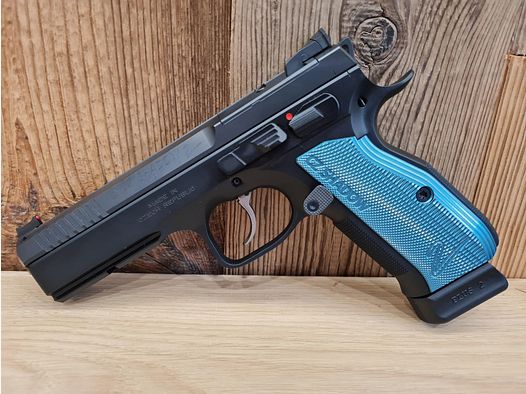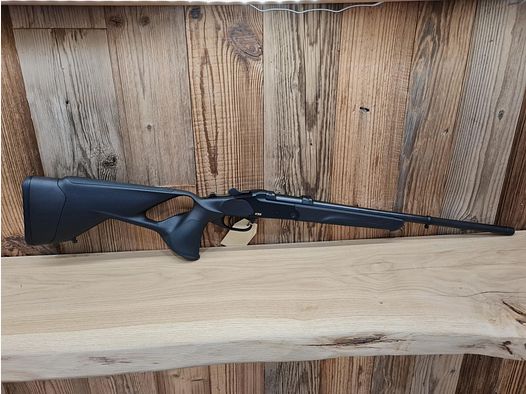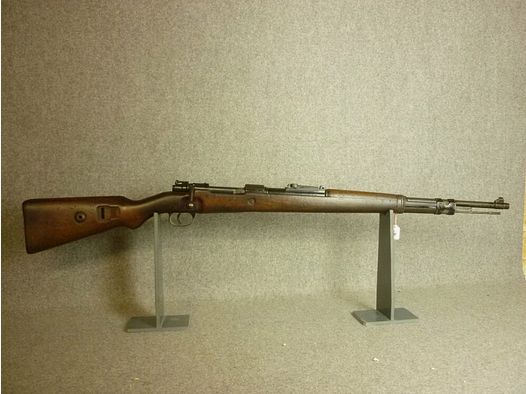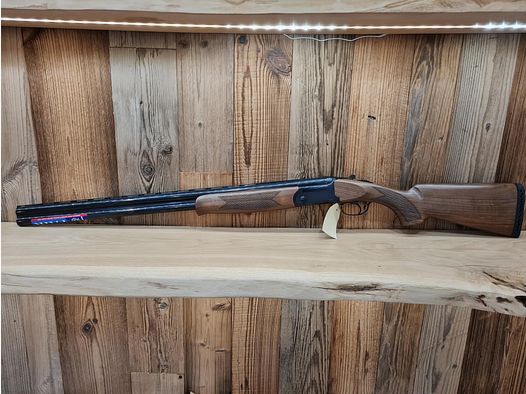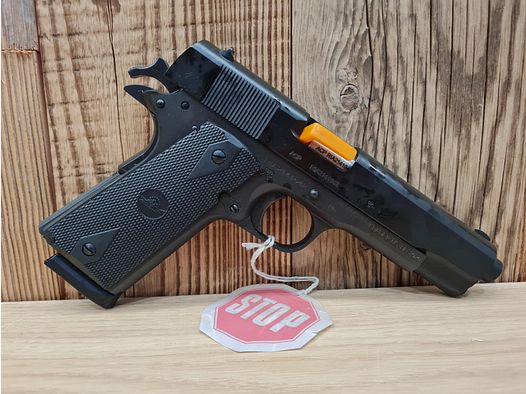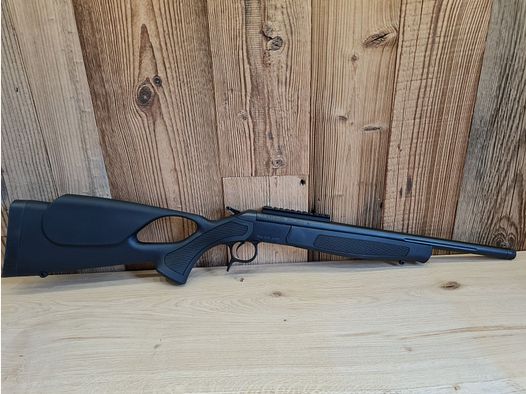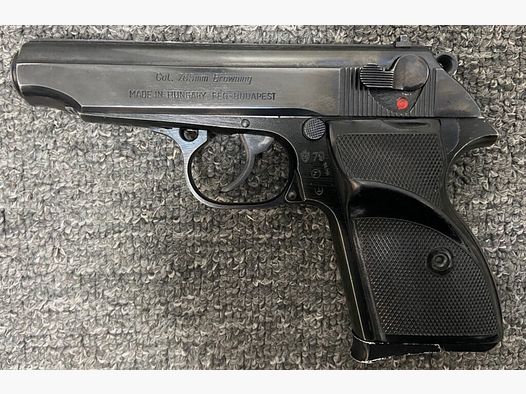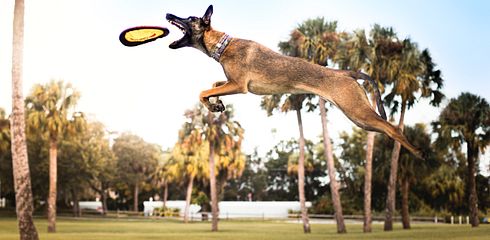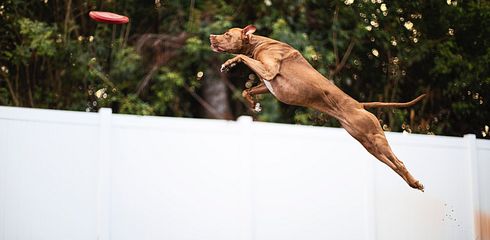One of the most important skills as a dog owner is to recognize the dog's mood. This helps us support and protect him in difficult times, but also to better understand and meet his needs and desires. Here are some key signs that can help you recognize your dog's mood:
Body language: A dog often shows its mood through its body language. When he is relaxed and happy, his tail is usually held high and he wags it friendly. If he is anxious or worried, he will tuck his tail between his legs and may adopt a crouched posture.
Eyes: Your dog also shows its mood through its eyes. Happy dogs usually have wide-open eyes with relaxed eyelids. If he is anxious, his eyes will narrow, and he may blink or look away.
Ears: Ears can also be an important indicator of a dog's mood. If they are pointed forward and directed attentively, your dog is likely alert and interested. If he is anxious, his ears will fall back, and he may lay them close to his head.
Breathing: Breathing can also tell you something about your dog's mood. If he breathes calmly and relaxed, he is likely happy and content. If he breathes quickly and shallowly, this may indicate fear or stress.
How does a happy dog behave?
A happy dog usually has an upright, relaxed body language and wags its tail friendly. His eyes are wide open, and he appears alert and interested. His ears are pointed forward, and he breathes calmly and regularly. Here are some more behaviors that indicate a happy dog:
Playing: A happy dog loves to play and expend his energy. He will invite you to play with him or throw toys by placing them directly at your feet or nudging them with his snout.
Contact: A happy dog will try to interact with you and make contact. This can happen by licking your hand, jumping on you, or approaching you.
Joy: A happy dog will express joy through loud barking, howling, or whining about positive things like toys, food, or petting.
Relaxing: A happy dog will also enjoy relaxing and resting. You will often find him purring or sighing in his favorite spot or on the sofa.
How does a sad or unhappy dog behave?
A sad or unhappy dog will have a crouched or lethargic body language. His tail will be between his legs, and he may not wag at all or only very little. His eyes will be narrower, and he may look away. Here are some more behaviors that indicate an unhappy dog:
Absence: A sad or unhappy dog may withdraw and want to spend time alone.
Loss of appetite: An unhappy dog may refuse his food or lose his appetite.
Aggressiveness: An unhappy dog may also show aggressive behaviors like growling, biting, or barking when he feels threatened or insecure.
Destructive behavior: An unhappy dog may also exhibit destructive behavior like chewing, digging, or barking to express his negative emotions.
It is important to note that every dog is unique and may have different behaviors to express its mood. As a dog owner, it is important to pay attention to your dog's body language and behaviors to recognize its mood and respond appropriately.
If you suspect that your dog is sad or unhappy, you should try to find out the cause and give him the support and attention he needs. This may mean spending more time with him, taking him on longer walks, or providing him with more training and mental stimulation.
It is also important to consult an experienced veterinarian or behavior consultant if your dog seems persistently sad or unhappy to ensure he receives the best possible care and support.
In summary, it is important to recognize that dogs, like humans, have moods and emotions, and it is essential to pay attention to their behaviors and body language to understand their moods and respond appropriately.




